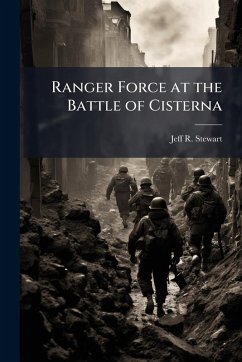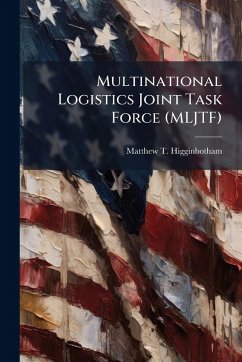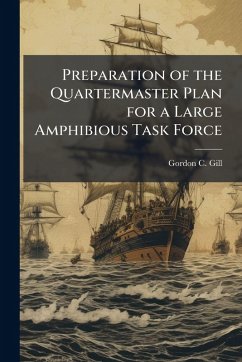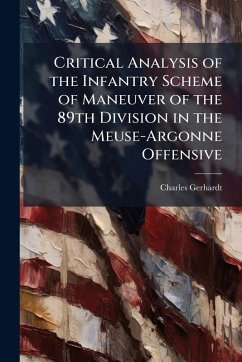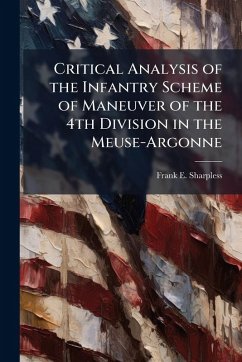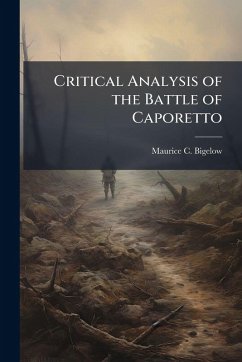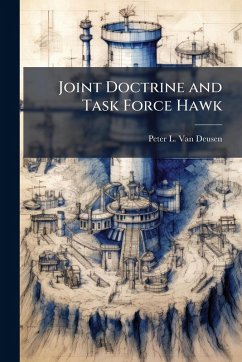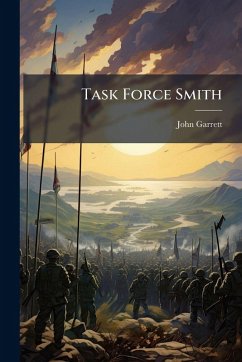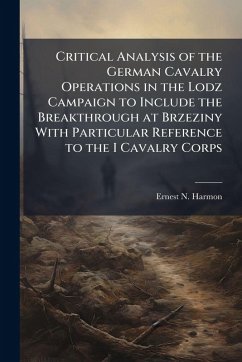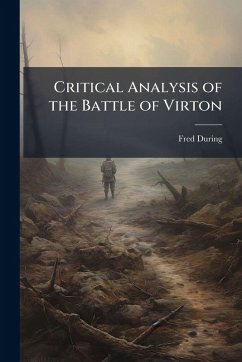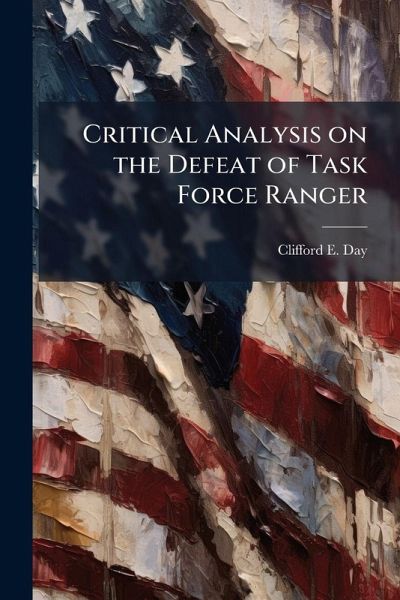
Critical Analysis on the Defeat of Task Force Ranger

PAYBACK Punkte
7 °P sammeln!
United States involvement in Somalia encompassed a myriad of missions that were structured in three distinct stages. It began with the humanitarian assistance mission, Operation Provide Relief. Operation Restore Hope, the second stage, was a combination of humanitarian assistance and limited military involvement. The final stage, UNOSOM II, involved a peace enforcement and nation building mission. On Sunday, 3 October 1993, the relative success of UNOSOM II suddenly turned violent when a US Task Force came under heavy fire from Somali gunmen. The US Task Force, code named Task Force RANGER, wa...
United States involvement in Somalia encompassed a myriad of missions that were structured in three distinct stages. It began with the humanitarian assistance mission, Operation Provide Relief. Operation Restore Hope, the second stage, was a combination of humanitarian assistance and limited military involvement. The final stage, UNOSOM II, involved a peace enforcement and nation building mission. On Sunday, 3 October 1993, the relative success of UNOSOM II suddenly turned violent when a US Task Force came under heavy fire from Somali gunmen. The US Task Force, code named Task Force RANGER, was ill-prepared to cope with the type of urban guerrilla warfare prevalent in Mogadishu, and ultimately led to mission failure. This research paper will critically analyze this significant military defeat by uncovering the facts leading up to and during the mission. Once the facts have been uncovered, this paper will link the effects back to the causes of this disaster. Finally, this paper will propose alternative courses of action that may have improved the chance of mission success or prevented this disaster. In addition, these alternative courses of action should be used as learning tools for future operations other than war. This work has been selected by scholars as being culturally important, and is part of the knowledge base of civilization as we know it. This work was reproduced from the original artifact, and remains as true to the original work as possible. Therefore, you will see the original copyright references, library stamps (as most of these works have been housed in our most important libraries around the world), and other notations in the work. This work is in the public domain in the United States of America, and possibly other nations. Within the United States, you may freely copy and distribute this work, as no entity (individual or corporate) has a copyright on the body of the work. As a reproduction of a historical artifact, this work may contain missing or blurred pages, poor pictures, errant marks, etc. Scholars believe, and we concur, that this work is important enough to be preserved, reproduced, and made generally available to the public. We appreciate your support of the preservation process, and thank you for being an important part of keeping this knowledge alive and relevant.



